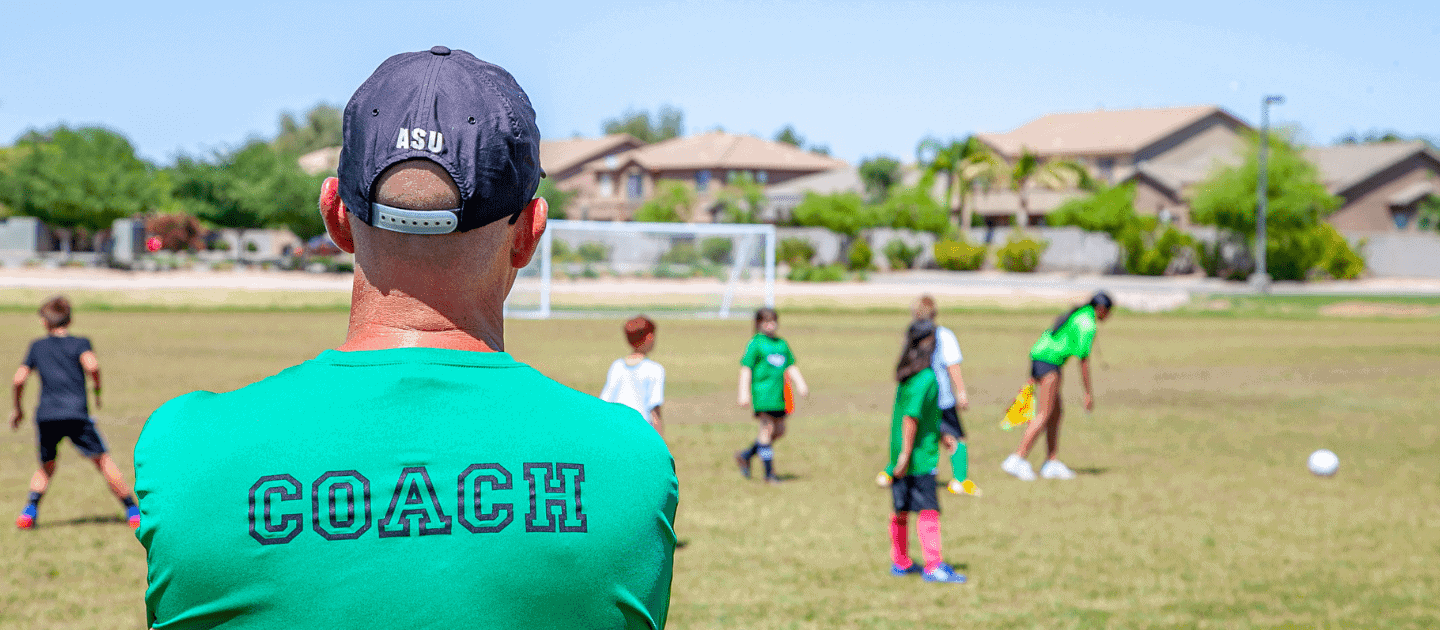When Helping Is Hindering: A Look at Paraeducator Support in Physical Education

Educators are natural helpers, and in our desire to help, sometimes our support can cross the line from empowering to hindering. It is imperative that any educator, but especially those working in one-to-one support models, place student voice, growth, and autonomy at the core of their support systems and strategies.
Bullying in physical education of children and youth with visual impairments: A systematic review

As special educators, we must include PE teachers and paraeducators in IEP meetings and ensure they feel prepared to modify and adapt their program for learners with disabilities.
